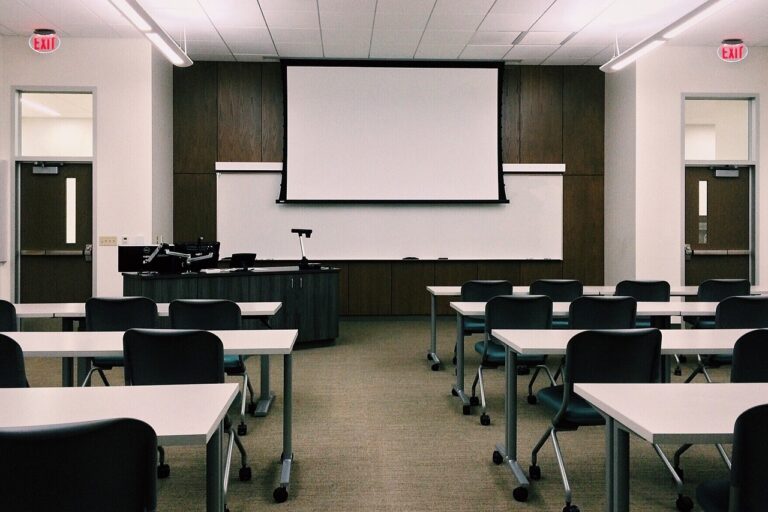The Effectiveness of Flipped Classrooms
Flipped learning allows students to engage with instructional materials at their own pace and have more control over their learning process. This approach promotes active participation and encourages students to take responsibility for their education. By watching lectures or reading materials before class, students can come to class prepared to engage in meaningful discussions and activities, enhancing their understanding of the subject matter.
Furthermore, flipped learning provides teachers with the opportunity to personalize instruction and provide targeted support to students who may need additional help. Through the use of technology, educators can easily track student progress, identify areas of struggle, and provide timely feedback. This individualized approach helps students to achieve academic success and fosters a more supportive and inclusive learning environment.
Challenges of Implementing Flipped Classrooms
One common challenge faced when implementing flipped classrooms is the need for students to have access to technology outside of the classroom. Not all students may have reliable internet access or devices at home, which can create disparities in learning opportunities. This digital divide can hinder the effectiveness of flipped learning as it heavily relies on online resources and tools.
Another obstacle in implementing flipped classrooms is the time and effort required for teachers to create high-quality pre-recorded lessons. Designing engaging and informative videos can be time-consuming, especially for educators who are not tech-savvy. Additionally, making sure that the content aligns with the curriculum and effectively complements in-class activities adds an extra layer of complexity to the teaching process.
What are some benefits of using a flipped classroom approach?
Some benefits of flipped learning include increased student engagement, personalized learning experiences, and the opportunity for students to learn at their own pace.
What are some common challenges educators face when implementing flipped classrooms?
Some common challenges include ensuring all students have access to technology outside of the classroom, overcoming resistance from students accustomed to traditional teaching methods, and the time and effort required to create high-quality instructional videos.
How can educators address the challenge of student access to technology?
Educators can address this challenge by providing alternative resources for students without access to technology, such as printed materials or access to school computers. Collaborating with community organizations to provide technology resources can also be helpful.
How can educators overcome student resistance to flipped learning?
Educators can overcome student resistance by clearly explaining the benefits of flipped learning, providing support and guidance for students as they adjust to this new approach, and seeking feedback from students to address any concerns or challenges they may have.
What strategies can educators use to create high-quality instructional videos for flipped classrooms?
Educators can create high-quality instructional videos by planning and organizing their content beforehand, using engaging visuals and examples to enhance understanding, and incorporating interactive elements to keep students actively involved in the learning process.





